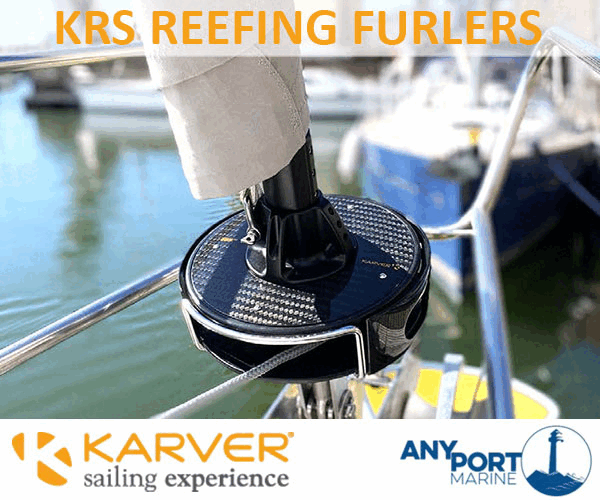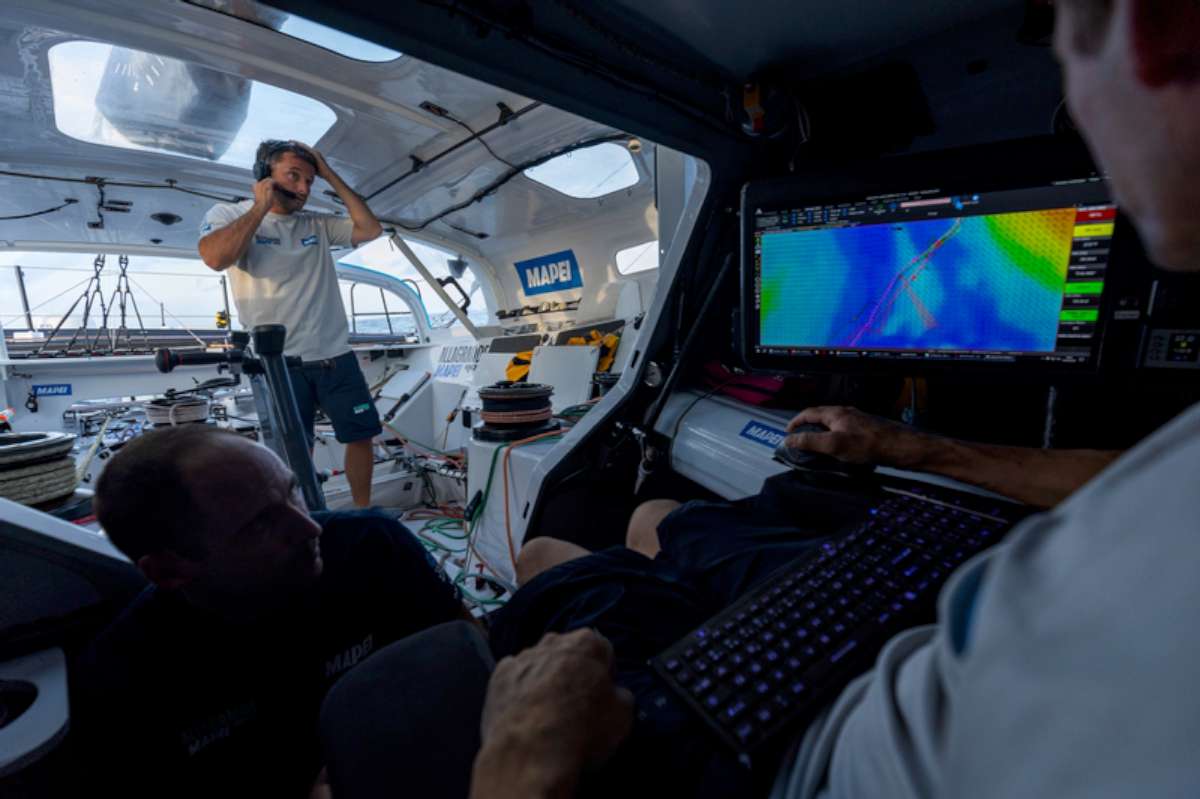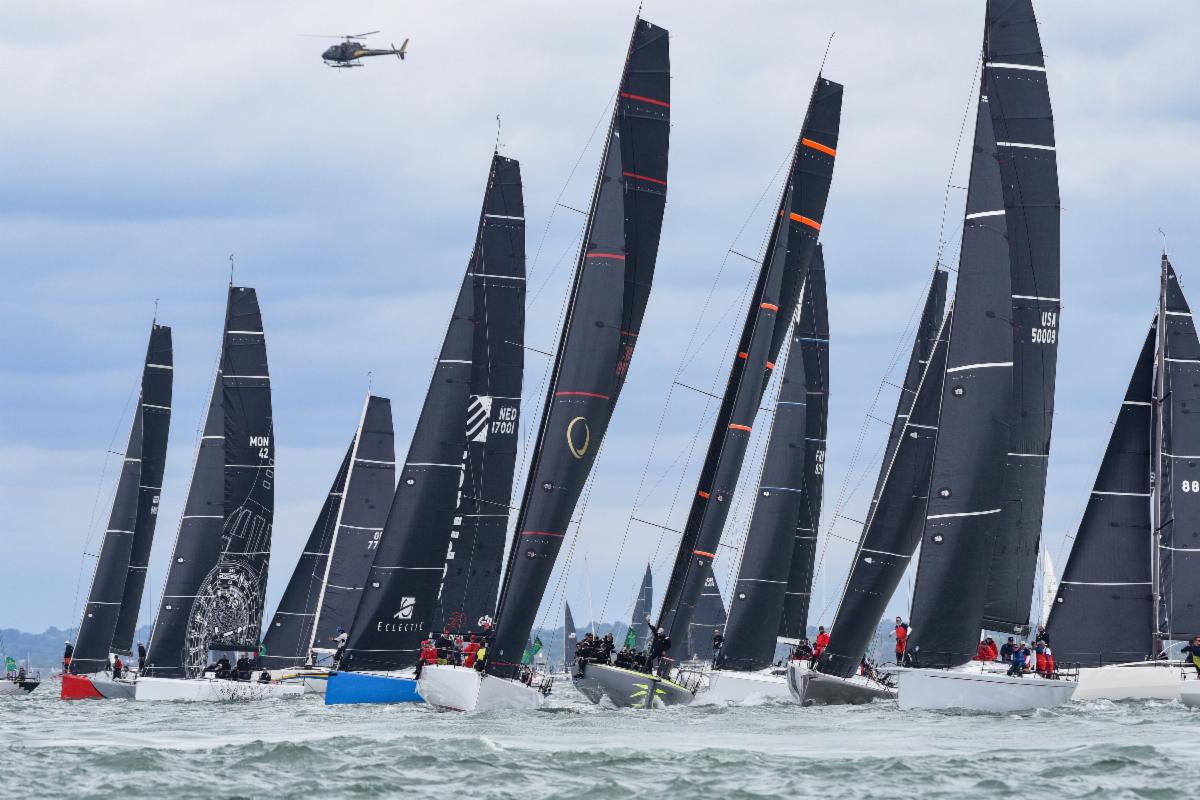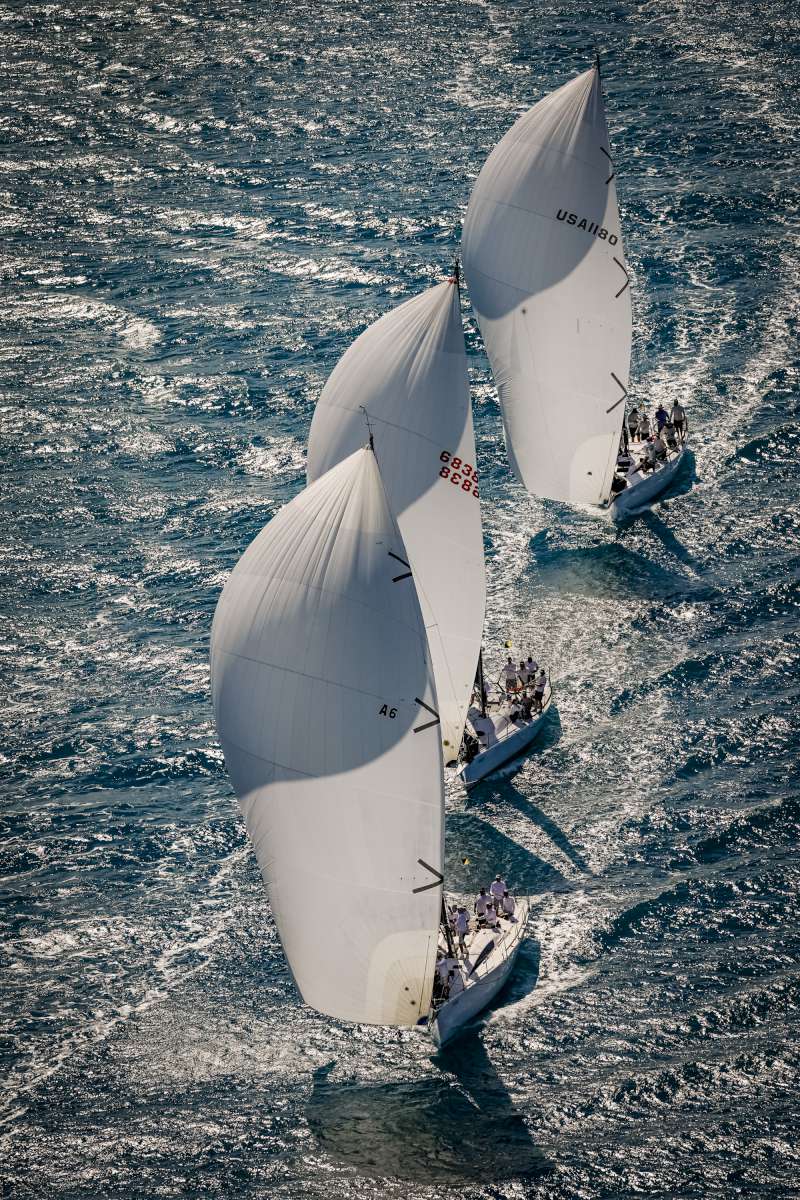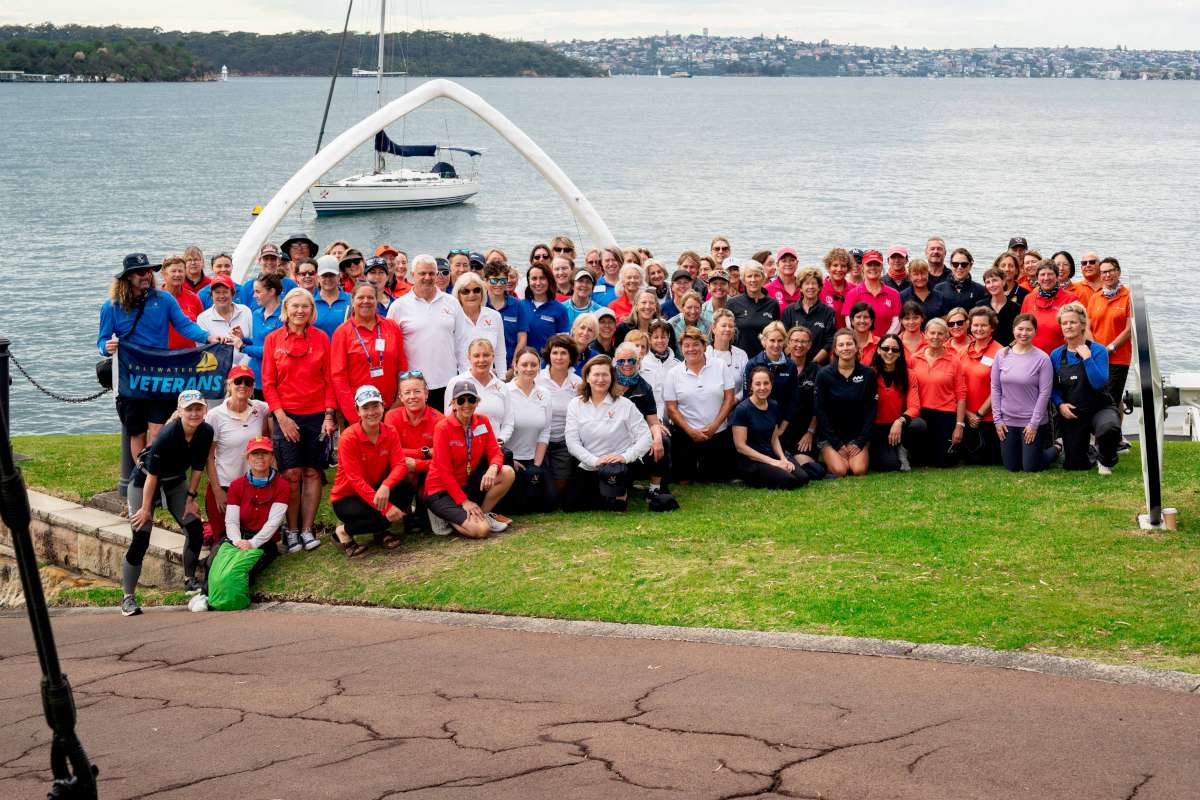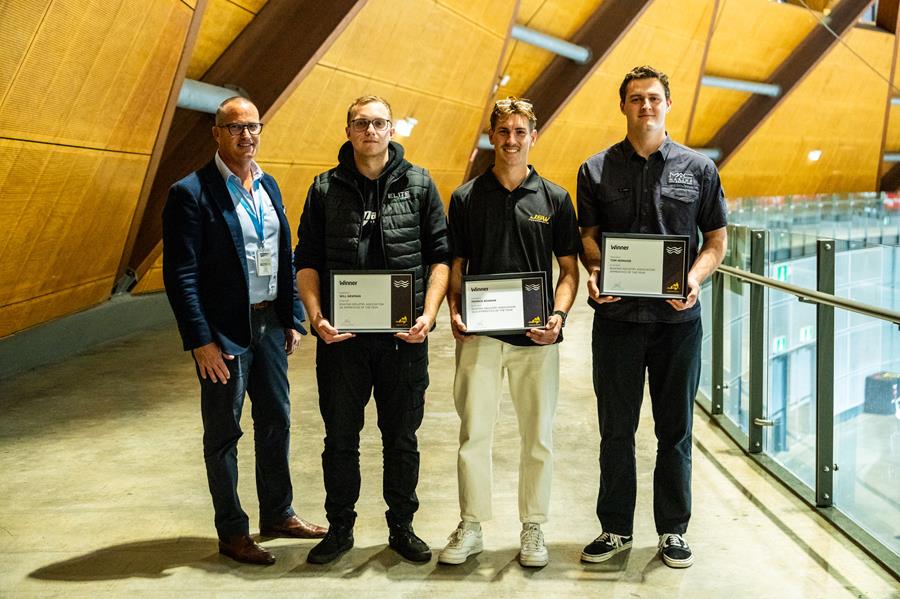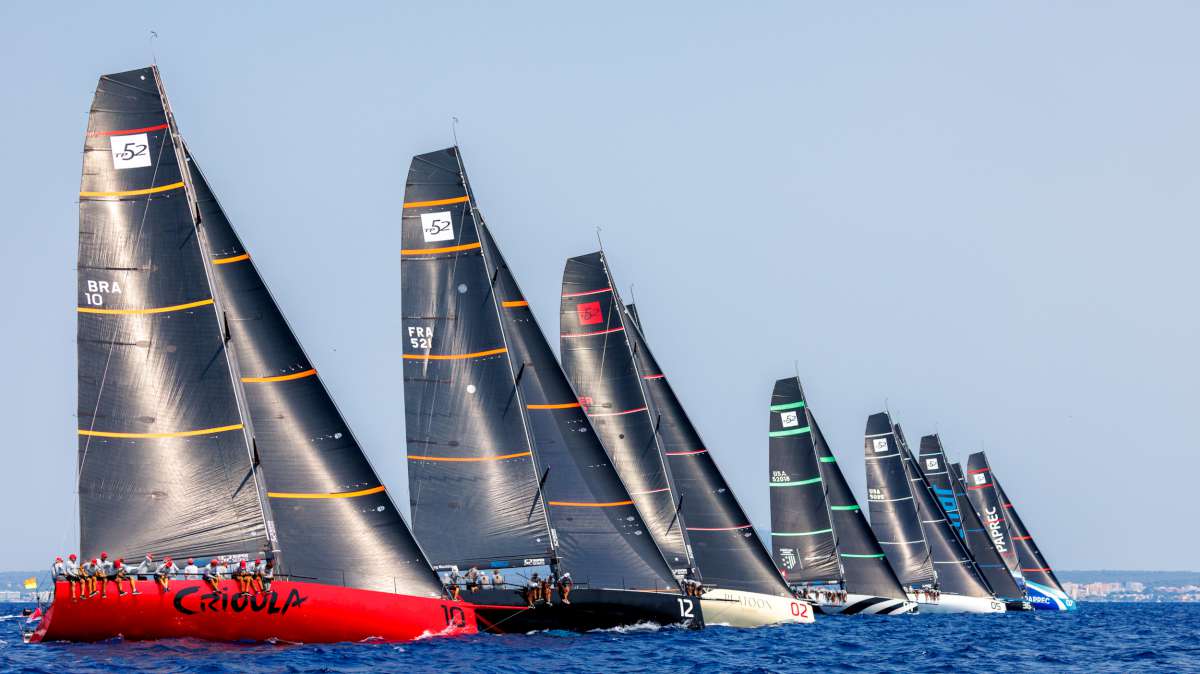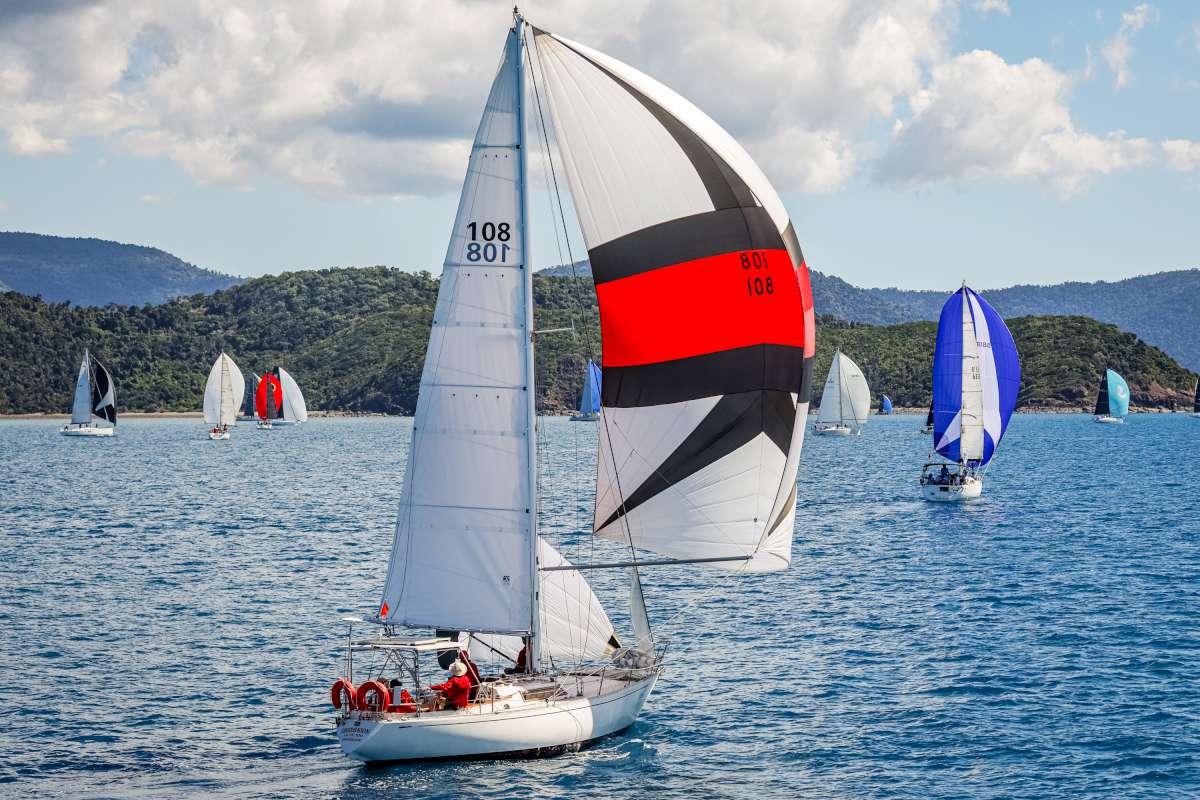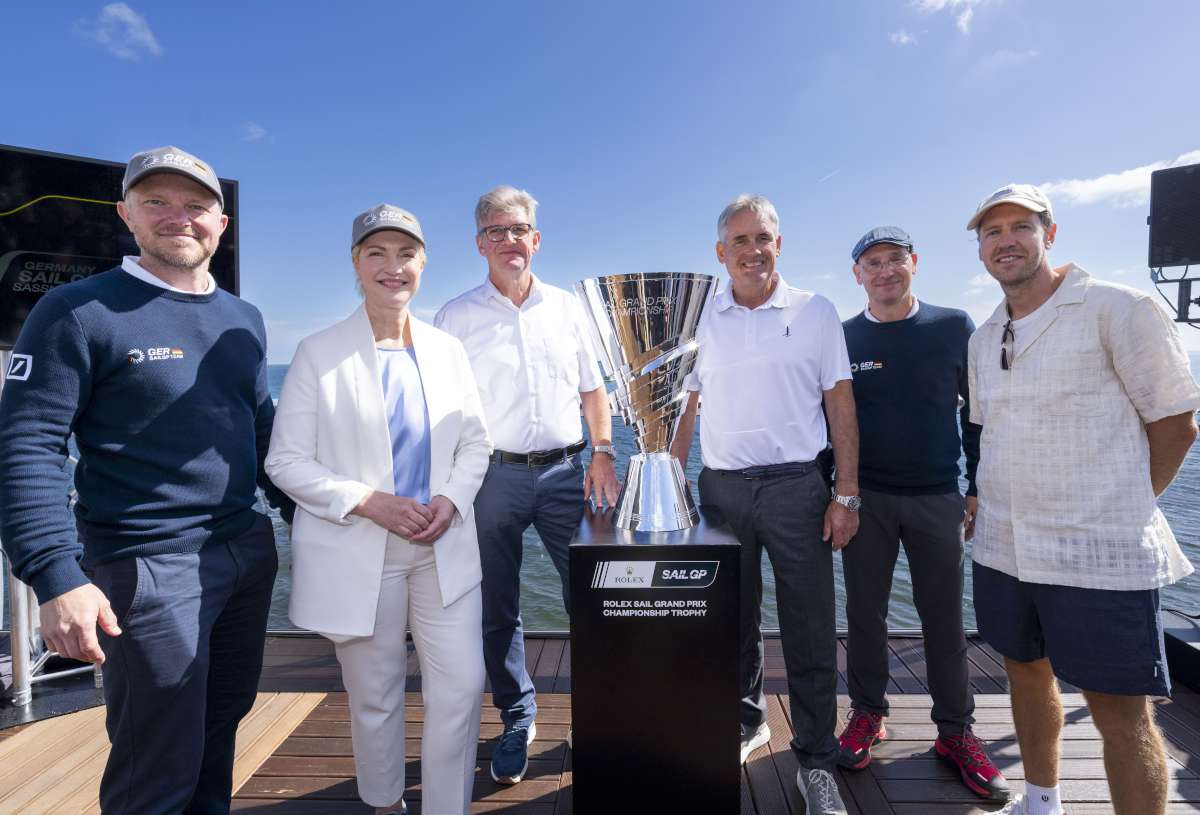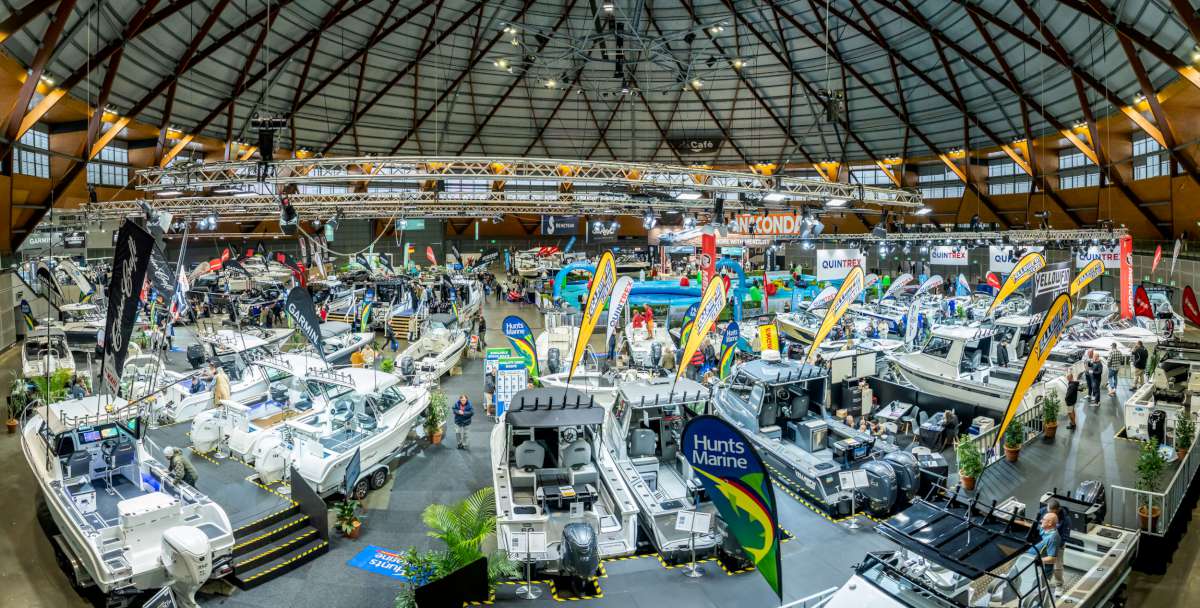With the offshore season coming up soon, it’s time for all people contemplating going offshore to look at their safety equipment and training again. Not only is it a good time to consider existing safety equipment, it is also an opportune time to consider changes to safety regulations and developments in equipment. Each year safety regulations are tweaked to remain current, and to enhance sailor safety as much as possible. These changes and advancements in technology and processes mean the sport of sailing is getting safer each year. In addition, the start of the season is a good time to check that each sailor on a yacht has the necessary (and current) safety training. Not only is that training a necessary requirement for participating in races, it is essential in the case of an emergency. It is trite but true that good, well maintained equipment, and sufficiently trained crew members could save your life.
In this article I look at the differences and similarities between Category 2 (coastal) and Category 1 (offshore) safety regulations and requirements. Those regulations obviously inform any decision as to the suitability of existing equipment, and/or the need to acquire new equipment. The regulations also dictate what training
and retraining each crew member requires.
I also highlight some of the tactical safety considerations any sailor should think about when planning their offshore season.
When I first began planning this article I intended to call it “A Step Too Far.” My initial impression was that the regulatory differences between categories of racing meant that moving from Cat 2 to Cat 1 was a complicated and expensive process. However, as I delved into this topic in more detail, I discover that such a shift is actually surprisingly easy.
What do the different categories mean?
Racing in Australia can be broadly divided in to three groups, inshore (Category 3), coastal (Category 2), and offshore (Category 1).
Racing in coastal water means that help and/or shelter is not too far away. There are often many bays and harbours within a few hours’ reach. However, in races such as Cabbage Tree Island (part of the Bluewater Pointscore Series), yachts
can still encounter difficult weather. For this reason, no one participating in such a race should take their safety preparations lightly. Recognising both the relative easy “bail out” options, and the possibility of harsh conditions, the
Cat 2 regulations require yachts to carry a comprehensive array of equipment. At the same time, the regulations also take into account the fact that help is likely to be close by.
Stepping up from category 2 to category 1
Stepping up from coastal racing to offshore races such as the Sydney Hobart, a greater level of preparation is required. This is so because significant proportions of those races take place a long way from help; yachts participating in these races need a great level of self-sufficiency. Again, the additional requirements of the Cat 1 safety regulations cover the differences between coastal and offshore racing in a comprehensive, yet reasonable, way.
The Yachting Australia special regulations applicable to Cat 1 races also contain additional, albeit minor, requirements for yacht structural integrity and stability from those required for Cat 2 races. Although not covered by this article, sailors should always check they meet those requirements before submitting any application to participate in an offshore race.
As to the additional safety equipment, the additional items required for Cat 1 races are surprisingly few. Essentially, all that is required are an additional torch, a more comprehensive medical kit, and a few more flares.
The more extensive differences relate to crew training. As noted above, the conditions the crew could face could be significantly more dangerous in offshore races than in Cat 2 races. For this reason it makes sense that Yachting Australia requires more of the crew to have greater training when participating in Cat 1 races. Untrained crew members are not only a risk to themselves, they also pose safety risks to their fellow crew members and any rescuers.
To participate in a Cat 1 race in Australia, 50% of the crew of each yacht must have undertaken a Yachting Australia safety and sea survival course. In addition, the boat is required to have two licensed radio operators instead of the one required for Cat 2 races. Finally, two of the crew members must hold a recognised first aid certificate. Again, all these additional requirements make sense in the context of the more dangerous conditions which sailors may face in offshore races as compared to coastal races. In addition, the differences recognise that a stricken yacht may have to be self-sufficient for a longer period of time when participating in a Cat 1 race than it would do in a Cat 2 race. In the event of an emergency, having two radio operators means they can man the radio in shifts, thus prolonging the time they can communicate with other vessels and the shore. Hopefully, enabling the radio operators to have some periods of rest will increase the accuracy of their broadcasts and make them more alert when receiving transmissions.
People matter
The focus on crew training and development in category 1 races reflects the reality that in the case of an emergency at sea more problems arise because of, and more people are harmed by, the actions of their fellow crew members than lack of specialised safety equipment.
If you are deciding to go offshore, keep this in mind when deciding which race to participate in and with whom. If the whole of a yacht’s crew is new to offshore races, they should think carefully whether each crew member, or a substantial number of them, should participate in some races with more experienced crews.
As the old adage has it, there is no substitute for experience. In the case of any emergency, the more experience each crew member has, the more likely they are to remember their training and be more seasoned to the conditions. In addition, they may have experienced different approaches to certain situations. This way if a situation arises and one solution does not work, they will be able to rely on that experience to try different methods.
As the skipper of a yacht contemplating an offshore race, such crew decisions are also key. Not only are there issues about who should sail in each event, but the skipper should also think about rostering and who should be on watch at any time. Ideally, the two radio operators should be on opposite watches so one is as fresh as possible when the other is at their most tired.
In addition, the most inexperienced crew member should be on watch with the most experienced crew member. After that decision is made, the skipper
should think carefully about other watch pairs: while it is tempting to continue pairing least experienced with most, this may not work if it means two only mildly experienced crew members will be on watch together.
Conclusion
Don’t let the step up from Category 2 to Category 1 be the reason for not participating, in fact if you can get to Cat 2, you are almost there. The bigger considerations are crew selection and training.
Consider your crew carefully and try to undertake the training as a team together, this will help your crew come together and work together.
– Ross Vickers


